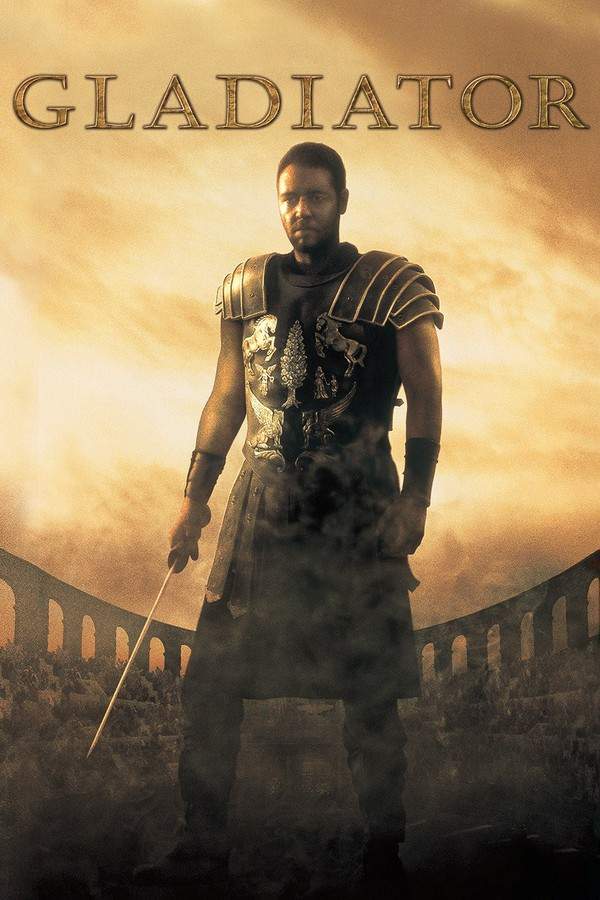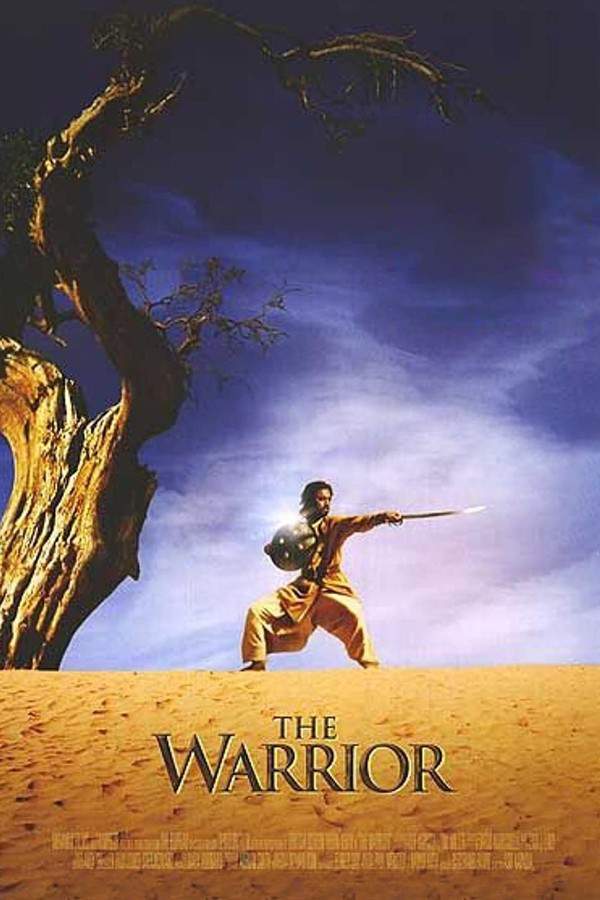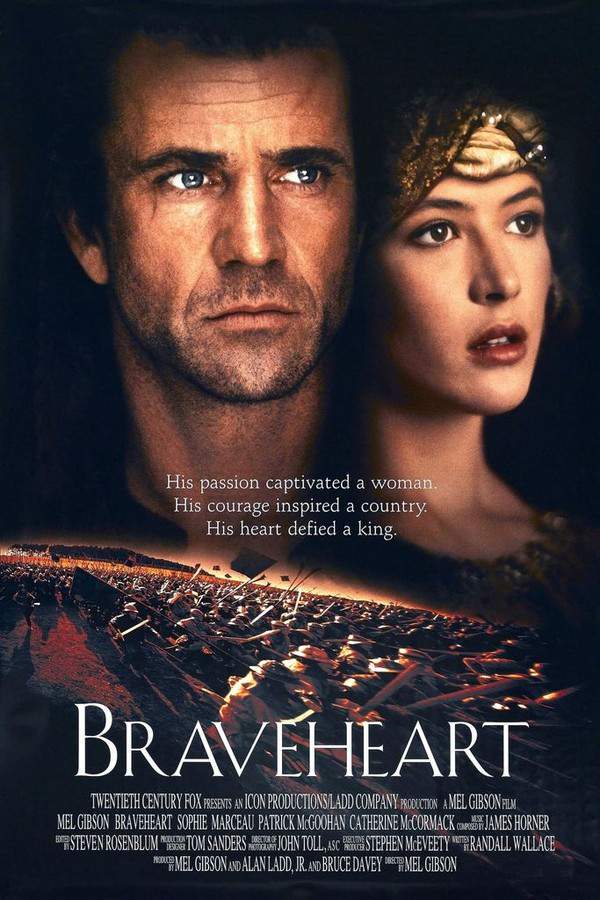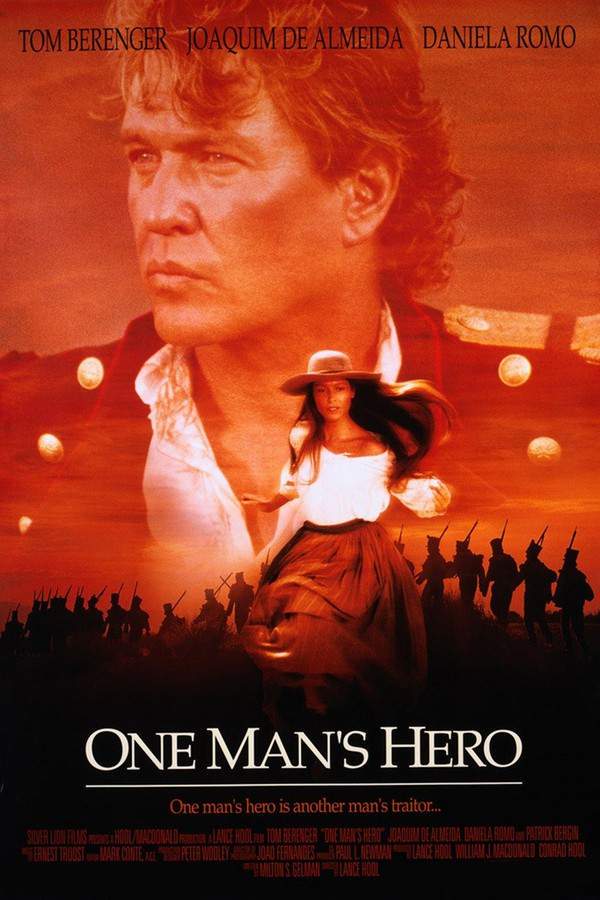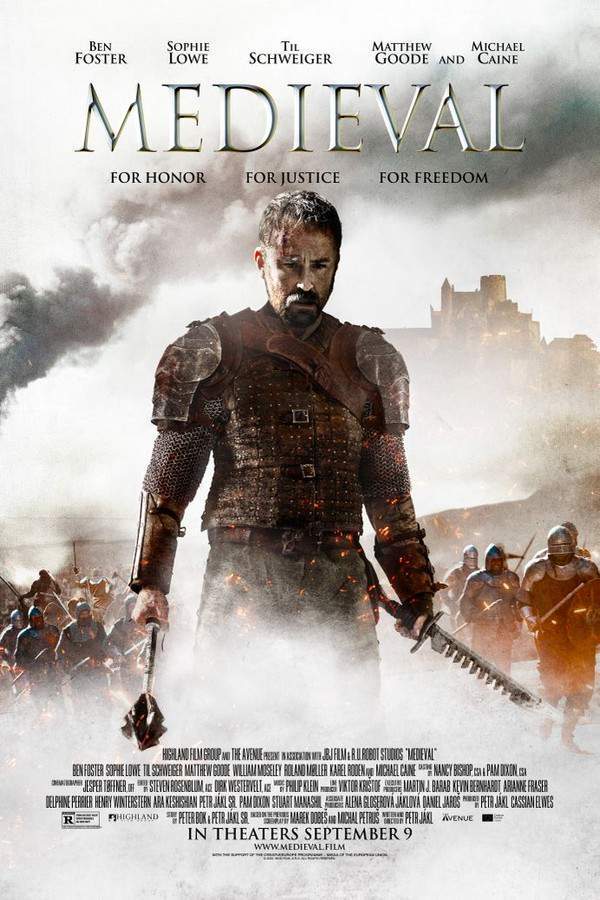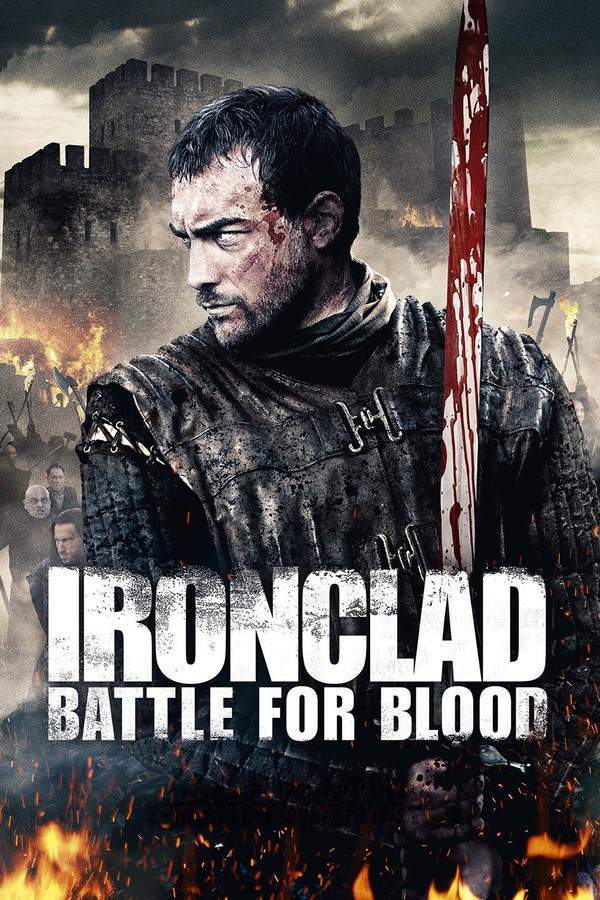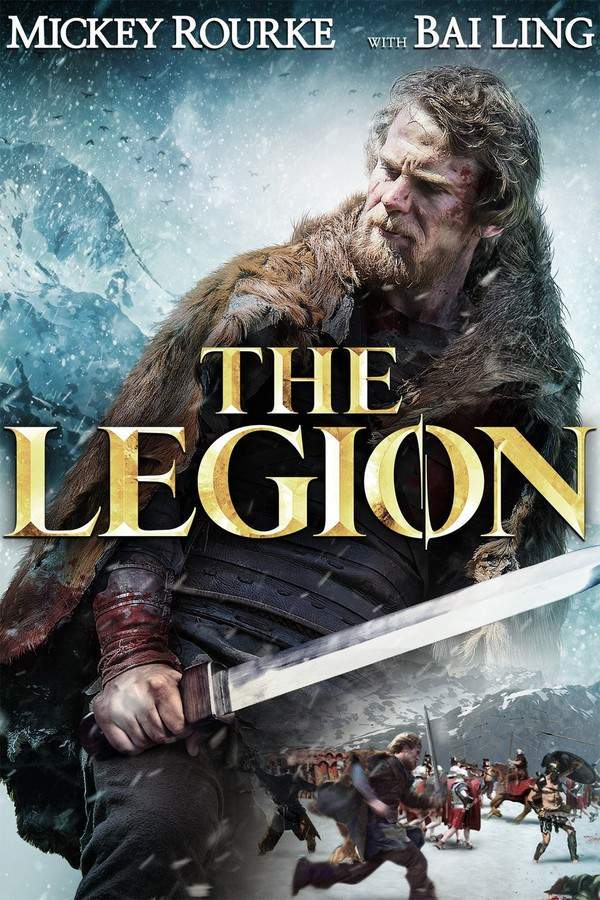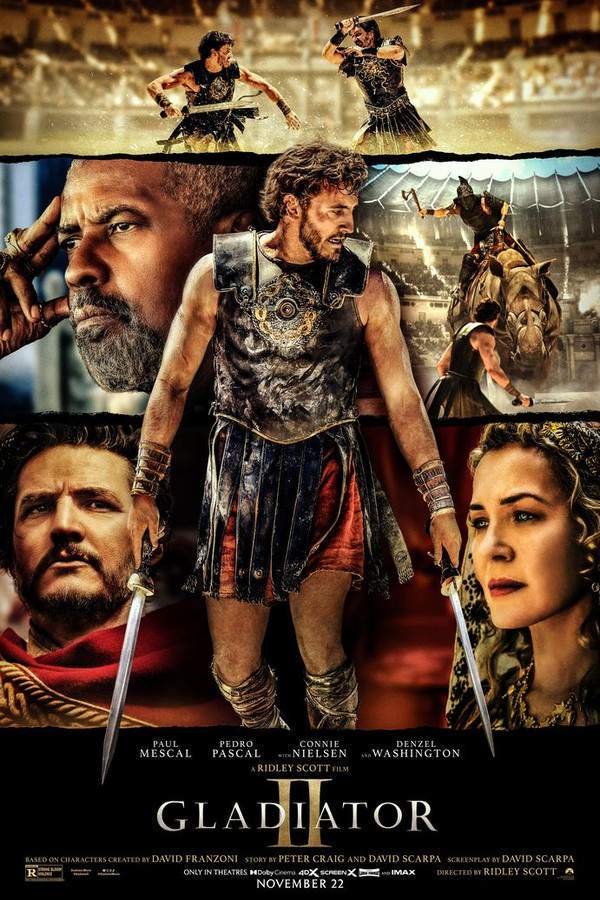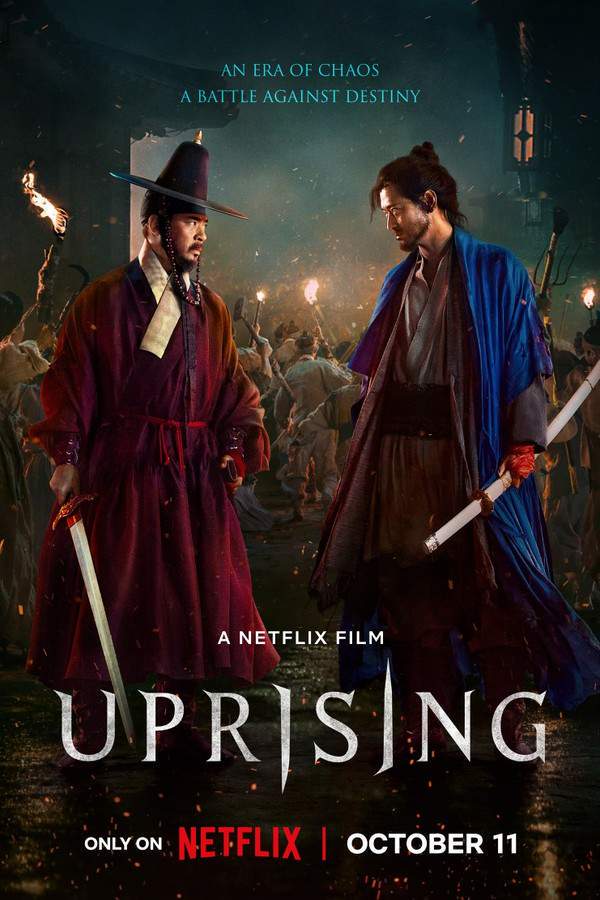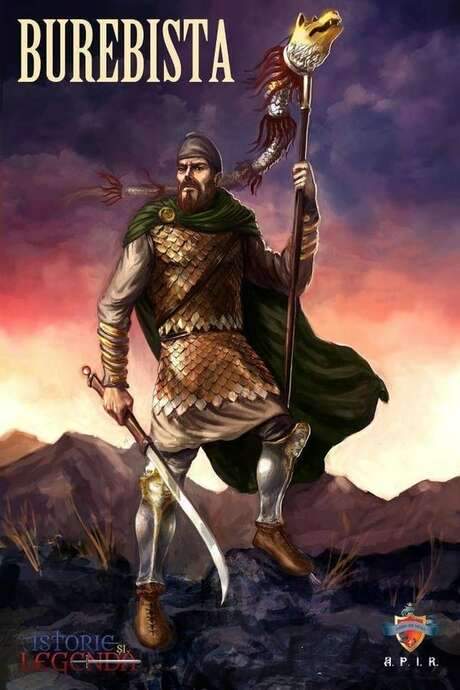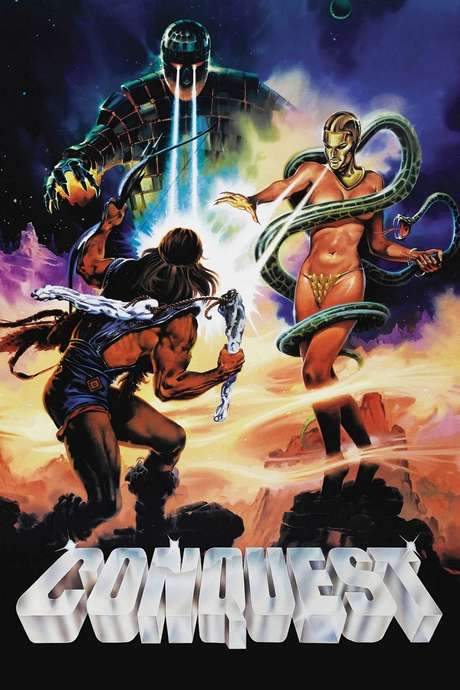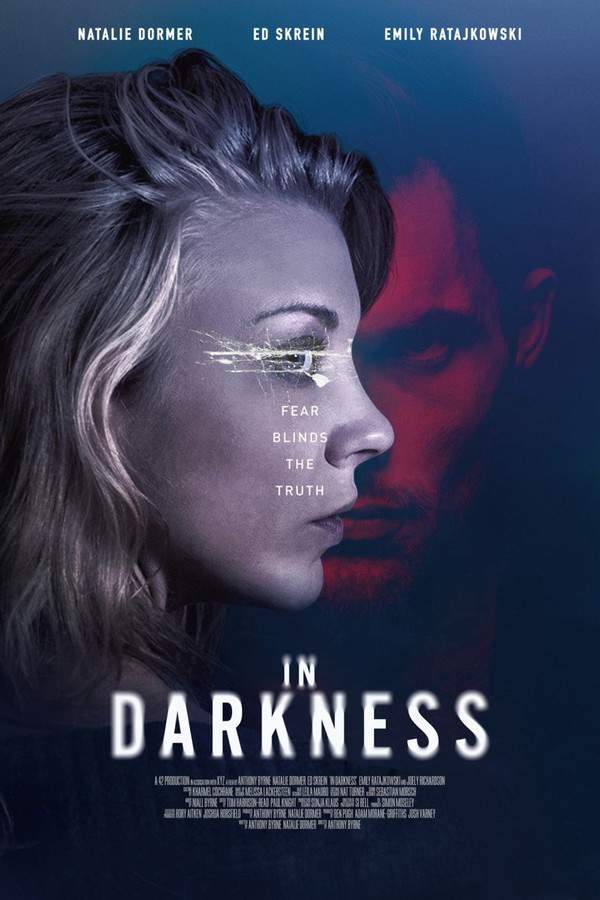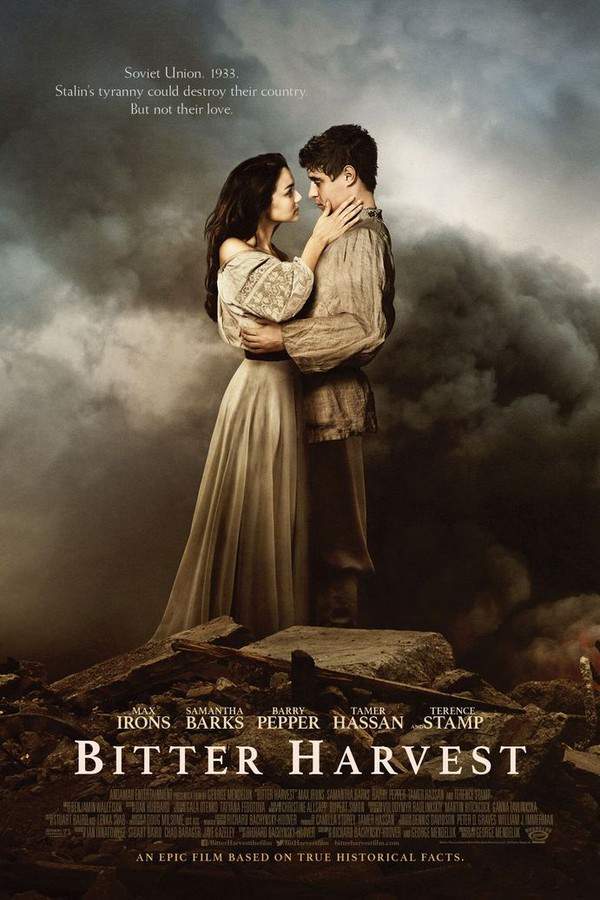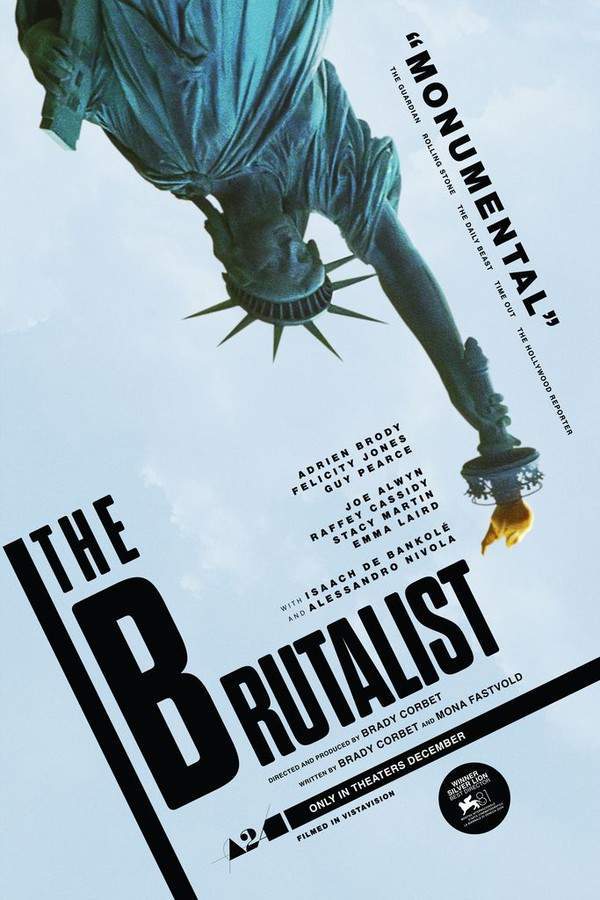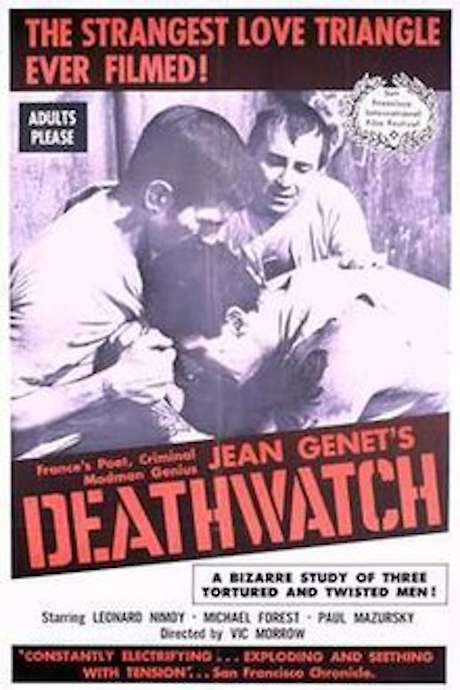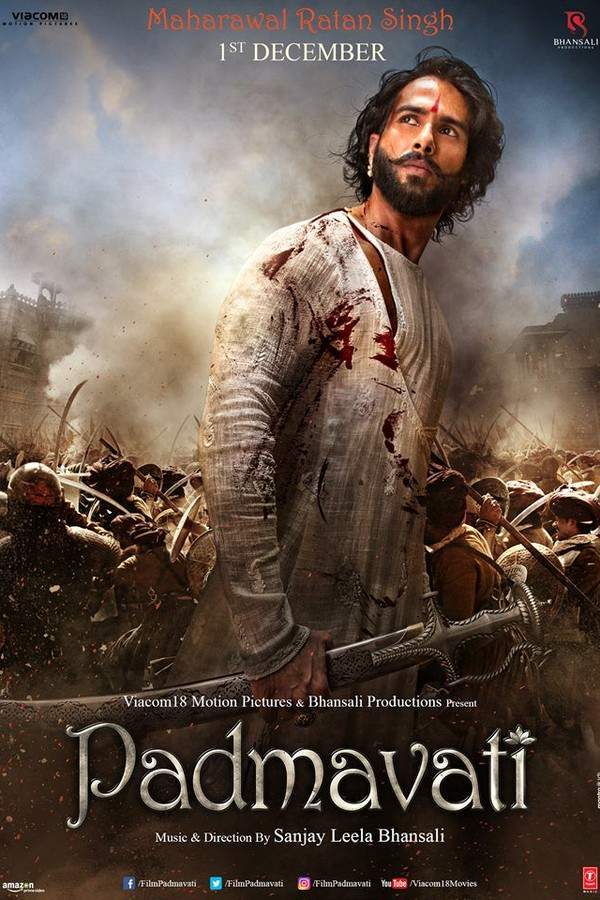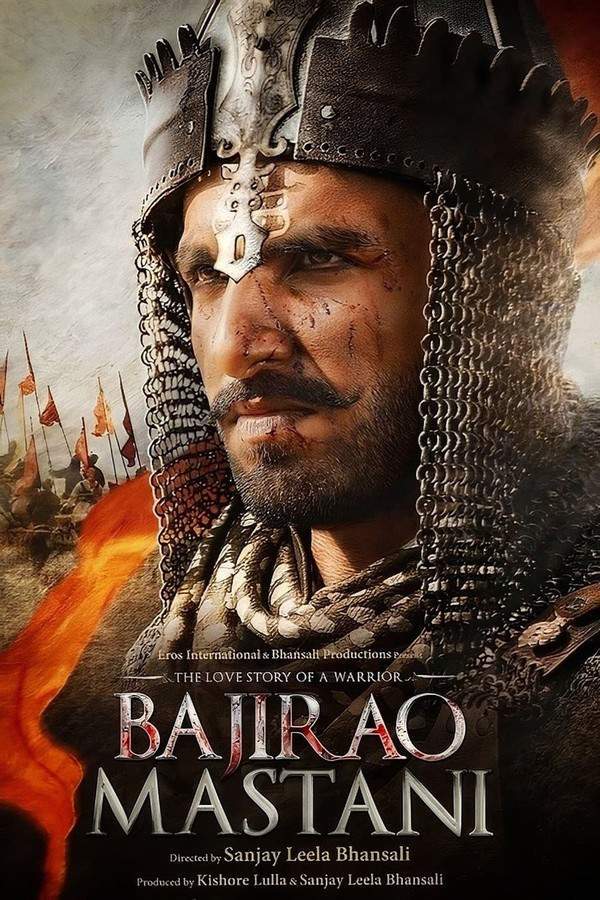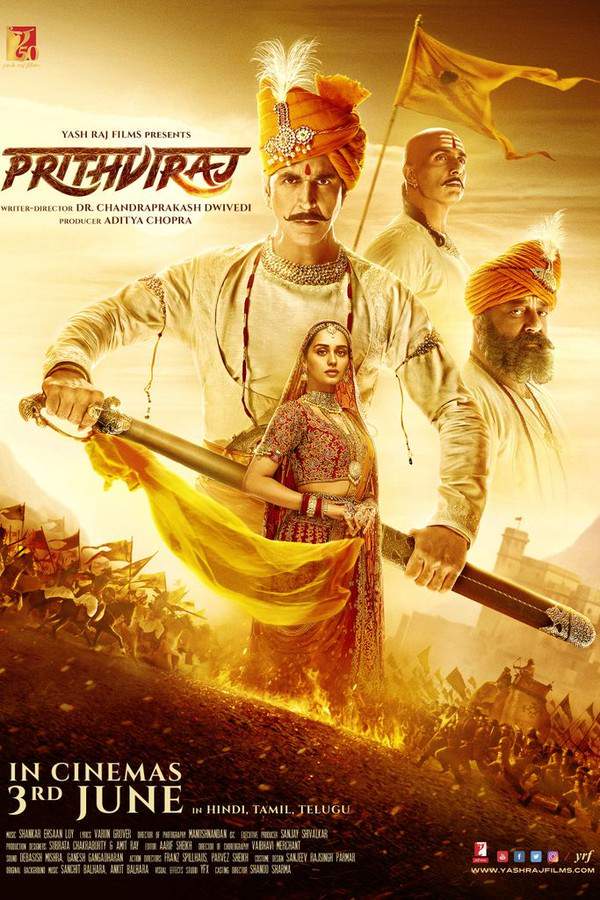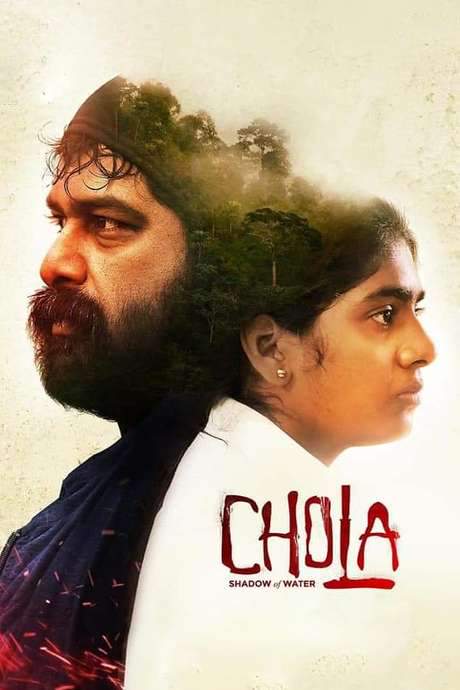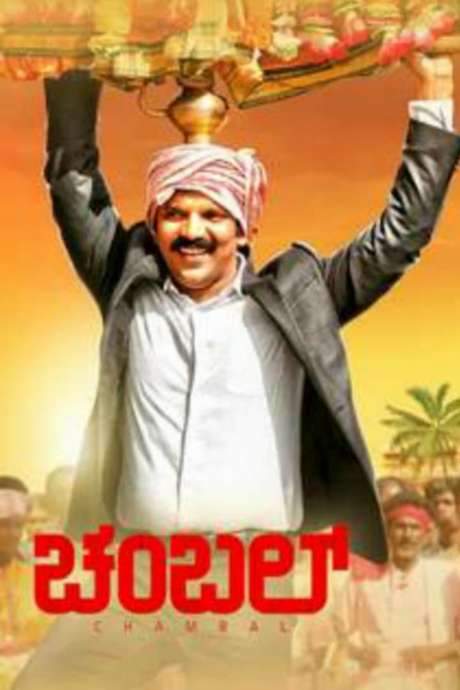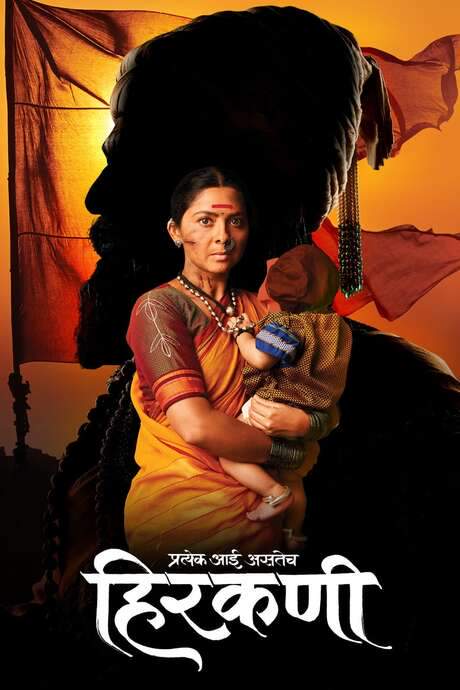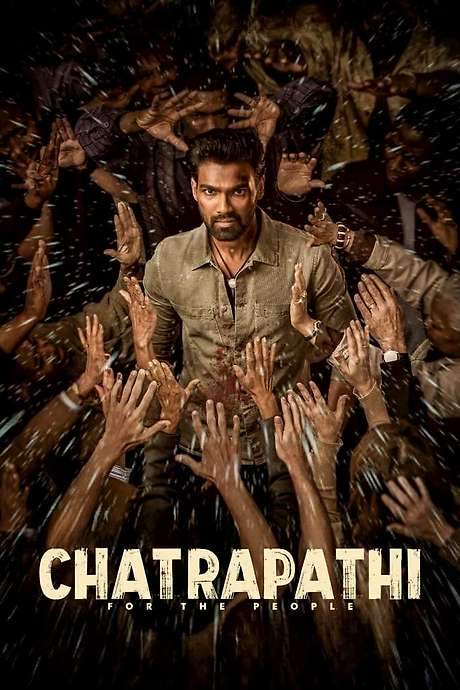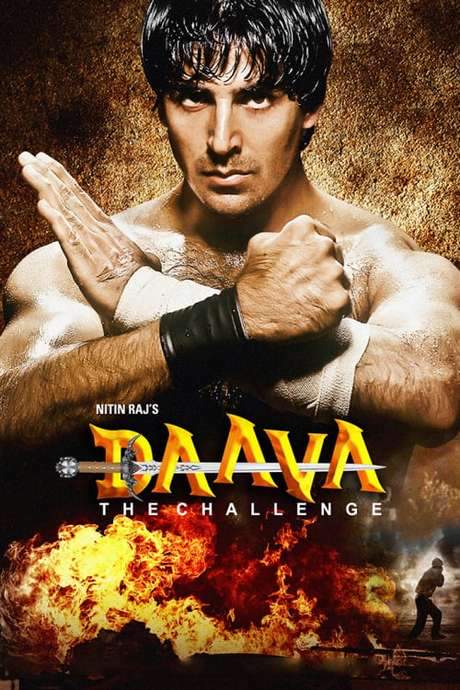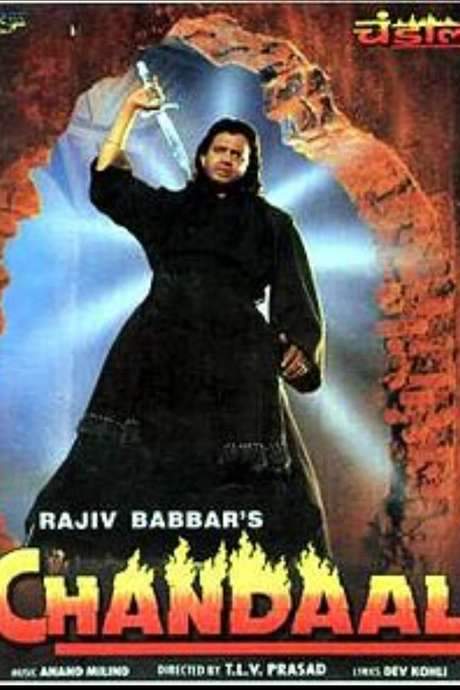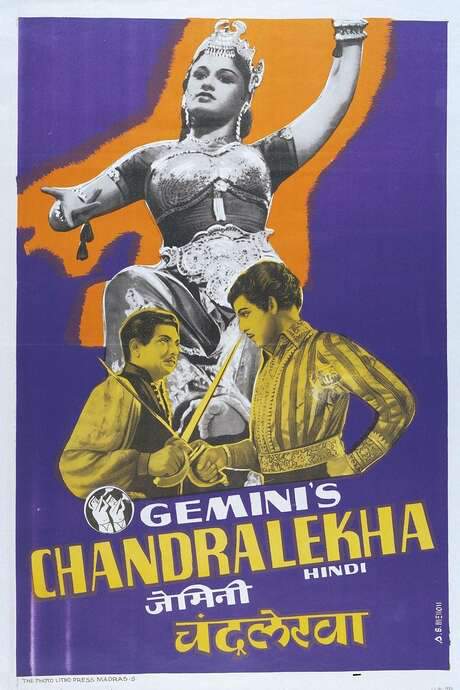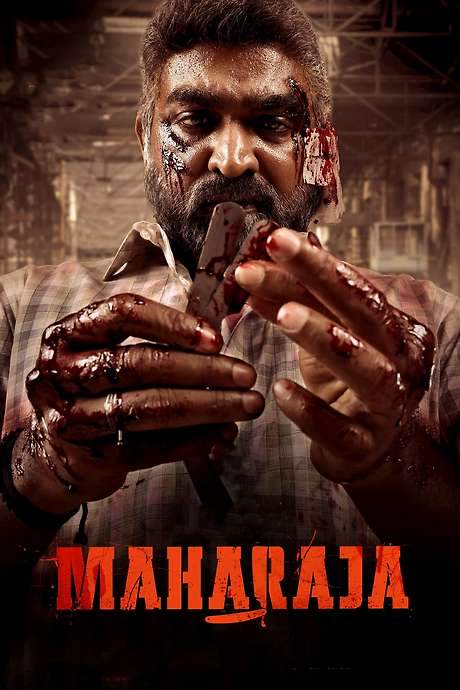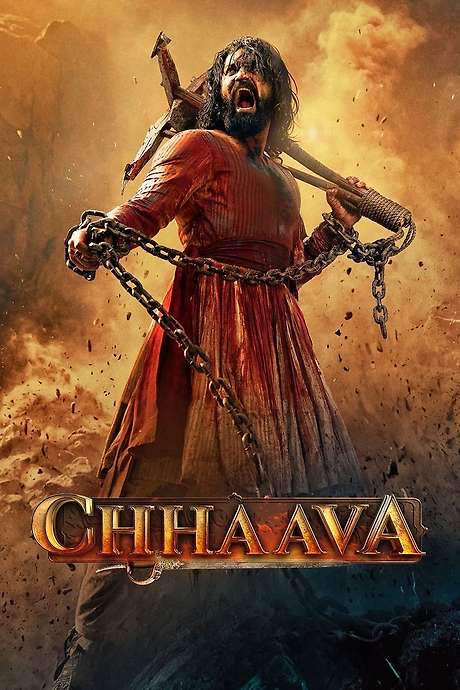
Chhaava
Following the death of Shivaji, the Maratha kingdom faces a fierce conflict with the Mughal Empire. His son, Sambhaji, rises to lead the resistance against the powerful forces of Aurangzeb. The film depicts a period of intense battles and political intrigue as both sides struggle for dominance and confront various challenges in their quest for power.
Warning: spoilers below!
Haven’t seen Chhaava yet? This summary contains major spoilers. Bookmark the page, watch the movie, and come back for the full breakdown. If you're ready, scroll on and relive the story!
Chhaava (2025) – Full Plot Summary & Ending Explained
Read the complete plot breakdown of Chhaava (2025), including all key story events, major twists, and the ending explained in detail. Discover what really happened—and what it all means.
Chhatrapati Shivaji Maharaj’s death sets off a tense power struggle, as news of the loss reaches the Mughal court and Aurangzeb, Akshaye Khanna, pretends to mourn while quietly preparing a sweeping response. He believes the Maratha Confederacy will crumble, and his courtiers share the conviction that the Marathas can be crushed with a heavy hand. Yet the flame continues to burn in the hearts of those who refused to bow, led by Sambhaji, Vicky Kaushal, who steps forward to carry the fight beyond the shadow of his father’s death. In a bold opening move, Sambhaji mounts a daring strike on Burhanpur, a crucial Mughal stronghold, catching its defenders off guard and dealing a crushing defeat. The battle unfolds with a stark mix of courage and peril: Sambhaji is forced to walk into danger, and in a moment of harrowing danger he falls through a trapdoor into a chamber occupied by a roaring lion, only to confront the beast with no weapon but raw resolve and the will to survive. The scene crystallizes the Marathas’ renewed determination and signals that the resistance will endure, even as Aurangzeb’s campaign gears up for a continent-spanning crusade.
Back home, Sambhaji’s return is marked by warmth and ceremony. He is welcomed by his wife, Rashmika Mandanna as Yesubai Bhonsale, and is formally crowned Chhatrapati, a moment that buoyantly affirms the continuance of Swaraj even in the face of overwhelming odds. Yet the court’s inner circle harbors treachery. Soyarabai, Divya Dutta, and a handful of courtiers—including Annaji Datto Sachiv, Kiran Karmarkar—move to replace Sambhaji with Soyarabai’s son, Rajaram, setting the stage for a bitter power struggle within the Maratha leadership. The Mughal scourge deepens as Aurangzeb’s armies devastate villages, burn homes, massacre inhabitants, and take captives, presenting a brutal mirror to the fighters’ sacrifices. In a revealing turn, Mirza Muhammad Akbar, the emperor’s estranged son, seeks Sambhaji’s aid to challenge his father, and Sambhaji, moved by a shared cause, weighs an alliance before recognizing the danger of breaking with his own oath.
Confrontations intensify as Sambhaji … refuses to bow to treachery. Kavi Kalash, his close advisor, and the loyal Hambirrao Mohite fight alongside him, while the conspirators, led by Soyarabai, face their reckoning when Hambirrao confronts them with unflinching resolve. Sambhaji then turns to guerrilla tactics, using the Deccan’s rugged terrain to blunt Aurangzeb’s superior numbers. The campaign inflicts heavy losses on the Mughal forces, and Sambhaji’s leadership helps sustain the Confederacy even as the empire’s grip tightens on every flank. The resistance receives a grim test when several Jagirdars apostasize, prompting a Sangameshwar conference where Sambhaji inspires his commanders and vassals to stand fast for Swaraj. Yet the shadows lengthen: Yesubai’s brothers plot anew, guiding the Mughal ambush that targets Sambhaji while he fights with a small force of loyalists.
In a brutal sequence that underscores the film’s unflinching portrayal of war, Sambhaji is captured along with his advisor, Kavi Kalash, and taken to Aurangzeb’s encampments. The emperor offers a stark choice: surrender and join the Mughal cause, or endure harsher penalties. Sambhaji refuses to renounce his ideals and vows that the Marathas will endure in their cause of Swaraj. Kalash is executed, and Sambhaji endures days of torture—salt pressed into wounds, nails ripped away, hot irons applied to the eyes, and a damaged tongue torn from his mouth—yet he remains unyielding. The tale of his torture is a grim testament to his unwavering commitment to the Maratha cause, leaving Aurangzeb with a sorrow that mirrors his own losses and a recognition that Sambhaji’s resistance has left a lasting mark.
While these trials unfold, Yesubai continues to anchor the resistance from the home front. She stands firm beside Rajaram as their succession is formalized, and Tarabai’s alliance with the martial leadership reshapes the Confederacy’s line of succession. In the wake of Sambhaji’s death, the Marathas rally around a new horizon; the epilogue notes that the Maratha Empire would ultimately endure for decades, and the Mughal Empire would gradually wane, its dominance eroded within a few decades of Sambhaji’s passing. The film closes on a somber but hopeful note, honoring the sacrifices that kept Swaraj alive even in the darkest hours, and underscoring the enduring resilience of a people who refused to yield to tyranny.
Last Updated: October 01, 2025 at 10:21
Ending Explained – What Happens at the End of Chhaava?
Still wondering what the ending of Chhaava (2025) really means? Here’s a spoiler-heavy breakdown of the final scene, major twists, and the deeper themes that shape the film’s conclusion.
In the film’s climax Sambhaji, now crowned Chhatrapati, is betrayed by his own relatives — the Shirke brothers sell his battle plans to the Mughal army. When Aurangzeb’s forces finally surround the hidden Maratha camp, Sambhaji’s loyal poet‑warrior Kavi Kalash urges him to flee, but the king refuses to abandon his people. The ensuing fight is brutal; most of Sambhaji’s warriors fall, and both he and Kalash are captured alive.
Taken before Aurangzeb, the emperor orders relentless torture, seeking a plea for death. Sambhaji mocks his captor, refusing even the slightest concession. He endures the pulling of his nails, blinding, and finally the cutting out of his tongue, yet his only words are prayers to his clan goddess, Jagadamba. Even in agony, he demands a poetic duel with Kalash, showing that his spirit remains unbroken.
Aurangzeb then proposes that Sambhaji renounce his faith and join the Mughal fold. The king’s answer is a contemptuous insult, prompting the emperor to have Sambhaji’s tongue torn out. In his final breath, Sambhaji envisions his mother Saibai descending from the heavens to guide him onward. The film cuts to the news that his younger brother Rajaram has been crowned, while Aurangzeb, enraged and humbled by Sambhaji’s defiance, murders the messenger who brings the word.
The movie ends on Sambhaji’s dying moment, his eyes fixed on the vision of his mother and the promise of Swarajya—the spirit of freedom he embodied. His martyrdom becomes the rallying cry for the Marathas; the narrative suggests that while the Mughal Empire eventually collapses under the strain of its southern campaigns, Sambhaji’s sacrifice fuels the rise of his successors—Rajaram, Shahu and Tarabai—who expand the Maratha Empire far beyond his death.
Last Updated: October 13, 2025 at 19:15
Explore Movie Threads
Discover curated groups of movies connected by mood, themes, and story style. Browse collections built around emotion, atmosphere, and narrative focus to easily find films that match what you feel like watching right now.
Grim Historical Epics of Resistance like Chhaava
Intense stories of leaders who sacrifice everything for a cause against overwhelming odds.If you were gripped by the brutal conflict and tragic sacrifice in Chhaava, explore more movies like it. This thread features intense historical dramas about war, leadership, and martyrdom, where heroes face overwhelming power in stories with heavy emotional weight and bittersweet conclusions.
Narrative Summary
The narrative follows a heroic leader rallying a people against a vast, oppressive force. The journey is marked by strategic battles, internal conspiracies, and betrayals, leading to the protagonist's capture, immense suffering, and death. While the hero falls, their sacrifice is portrayed as a catalyst that ensures the eventual, albeit off-screen, success of their struggle.
Why These Movies?
These movies are grouped by their shared focus on a specific type of historical tragedy: the leader-martyr. They blend high-intensity action with profound emotional weight, maintaining a dark, somber tone and a pacing that balances large-scale warfare with intimate personal drama, all leading to a bittersweet historical conclusion.
Movies with Graphic Suffering and Resilience like Chhaava
Stories where characters endure extreme physical and psychological torment yet show resilience.If the harrowing depiction of torture and unyielding spirit in Chhaava impacted you, discover similar films. These movies are characterized by their heavy emotional weight, dark tone, and focus on characters enduring extreme physical and psychological suffering while demonstrating profound resilience.
Narrative Summary
The narrative pattern involves a protagonist being captured or trapped in a situation of extreme physical and psychological torment. A significant portion of the story is dedicated to depicting their suffering in grim detail, testing their will to survive. The arc is less about victory and more about the raw demonstration of human endurance and the somber legacy of their pain.
Why These Movies?
These films are united by their primary focus on the experience of suffering. They share a high intensity, a dark and oppressive tone, and a heavy emotional weight driven by the unflinching portrayal of anguish. The pacing often slows to emphasize the brutality, creating a gripping, albeit difficult, viewing experience centered on resilience.
Unlock the Full Story of Chhaava
Don't stop at just watching — explore Chhaava in full detail. From the complete plot summary and scene-by-scene timeline to character breakdowns, thematic analysis, and a deep dive into the ending — every page helps you truly understand what Chhaava is all about. Plus, discover what's next after the movie.
Chhaava Timeline
Track the full timeline of Chhaava with every major event arranged chronologically. Perfect for decoding non-linear storytelling, flashbacks, or parallel narratives with a clear scene-by-scene breakdown.

Characters, Settings & Themes in Chhaava
Discover the characters, locations, and core themes that shape Chhaava. Get insights into symbolic elements, setting significance, and deeper narrative meaning — ideal for thematic analysis and movie breakdowns.

Chhaava Ending Explained
What really happened at the end of Chhaava? This detailed ending explained page breaks down final scenes, hidden clues, and alternate interpretations with expert analysis and viewer theories.

Chhaava Spoiler-Free Summary
Get a quick, spoiler-free overview of Chhaava that covers the main plot points and key details without revealing any major twists or spoilers. Perfect for those who want to know what to expect before diving in.

More About Chhaava
Visit What's After the Movie to explore more about Chhaava: box office results, cast and crew info, production details, post-credit scenes, and external links — all in one place for movie fans and researchers.

Similar Movies to Chhaava
Discover movies like Chhaava that share similar genres, themes, and storytelling elements. Whether you’re drawn to the atmosphere, character arcs, or plot structure, these curated recommendations will help you explore more films you’ll love.
Explore More About Movie Chhaava
Chhaava (2025) Scene-by-Scene Movie Timeline
Chhaava (2025) Movie Characters, Themes & Settings
Chhaava (2025) Ending Explained & Theories
Chhaava (2025) Spoiler-Free Summary & Key Flow
Movies Like Chhaava – Similar Titles You’ll Enjoy
Padmaavat (2018) Plot Summary & Ending Explained
Bajirao Mastani (2015) Ending Explained & Film Insights
Samrat Prithviraj (2022) Film Overview & Timeline
Chaamp (2017) Plot Summary & Ending Explained
Chola (2019) Plot Summary & Ending Explained
Chambal (2019) Full Movie Breakdown
Hirkani (2019) Full Summary & Key Details
Tanhaji: The Unsung Warrior (2020) Ending Explained & Film Insights
Sher Shivraj (2022) Ending Explained & Film Insights
Sarsenapati Hambirrao (2022) Full Summary & Key Details
Chatrapathi (2023) Spoiler-Packed Plot Recap
Daava (1997) Detailed Story Recap
Chandaal (1998) Detailed Story Recap
Chandralekha (1948) Ending Explained & Film Insights
Maharaja (2024) Film Overview & Timeline

